Bronze.
Japan.
Meiji era.
L. 4,9 in. ; w. 3,9 in.
Okimono statuette (置物) depicting two turtles, one old, one young, signed by Nogami Tatsuoki, also known as Ryuki or Nogami Ryuki, a Japanese sculptor active in Tokyo at the end of the Meiji era (明治).
According to Japanese art historian Jirō Harada, Nogami Tatsuoki was "famous in reproducing turtles". The turtle (kame 亀) is, along with the crane, a symbol of longevity, both being capable of living for a thousand years, according to ancient Japanese and Chinese beliefs. When one gives an okimono turtle to a friend or a family member is to increase their chances of living a long and peaceful life.
The chasing of this statuette is remarkable for its finesse and precision, in accordance with the spirit of okimono bronzes’ production during the Meiji era, often made to impress connoisseurs in the West.
The accession to the throne in 1868 of Prince Mutsuhito, better known as Emperor Meiji Tennō (明治天皇), marked the end of shogunal or feudal government, during which day-to-day affairs were relegated by the emperor to the shoguns of the Tokugawa dynasty (1603-1868). Shogunal government was abolished to be replaced by an absolutist-like form of government, in which the emperor would rule directly.
The Meiji era was at first a time of oppenness towards the West (bummei-kaika 文明開化), during which the "Western style" (yofu 洋風) was a significant cultural trend in big cities and especially Tokyo, influencing painting, drawing, sculpture and architecture, as well as food and clothing habits.
As a consequence, the Westernisation of Japanese society in the early years of the Meiji era changed considerably the teaching and practice of fine arts in Japan. At the Kōbu bijutsu-gakkō (工部美術学校), the School of Fine Arts founded in 1876 in Tokyo, it is an Italian sculptor, Vincenzo Ragusa, who was to teach sculpture, alongside Antonio Fontanesi for painting and Vincenzo Cappelleti for architecture.
Bronze productions from this period blended a form of realism that had not yet completely fallen out of favor in the West, with traditional Japanese sculptural forms, notably the okimono. Statuette in perfect condition, except for slight damage to a turtle's tail.
Sources
Jirō Harada, « Japanese Art and Artists of To-Day. — V. Metal Work », in The Studio. An Illustrated Magazine of Fine & Applied Art, vol. 52, n° 215, 1911)
Iwao Seiichi, Iyanaga Teizo, et al., Dictionnaire historique du Japon, Tokyo, 1987.
Felice Fischer, The Art of Japanese Craft. 1875 to the Present, Philadelphia, 2008.
Gérard Siary, Histoire du Japon. Des origines à nos jours, Paris, 2020.
















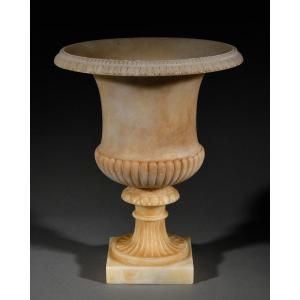


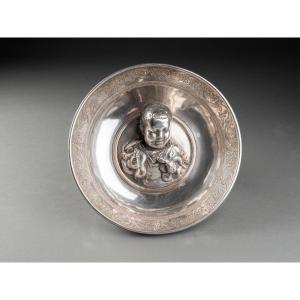

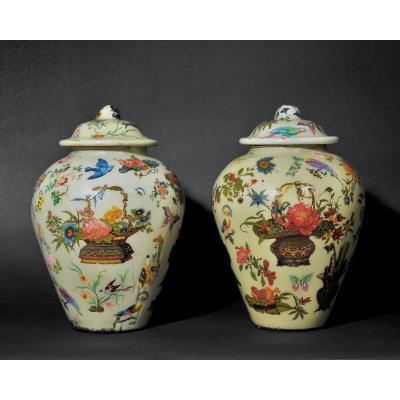


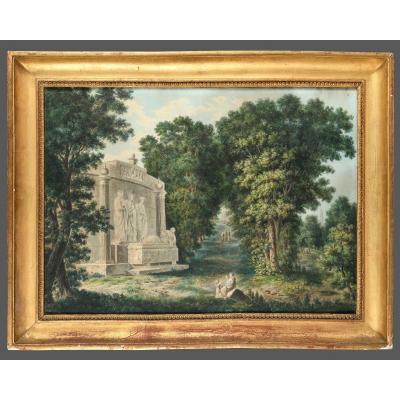

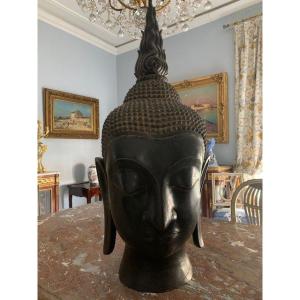
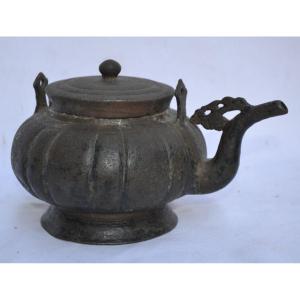
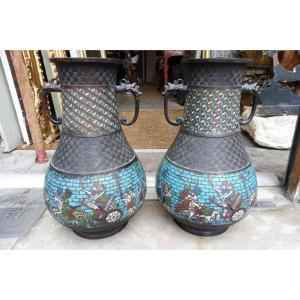
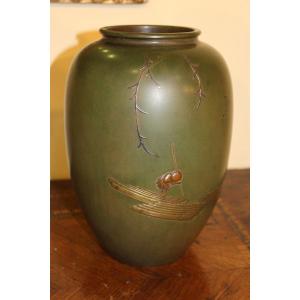




 Le Magazine de PROANTIC
Le Magazine de PROANTIC TRÉSORS Magazine
TRÉSORS Magazine Rivista Artiquariato
Rivista Artiquariato